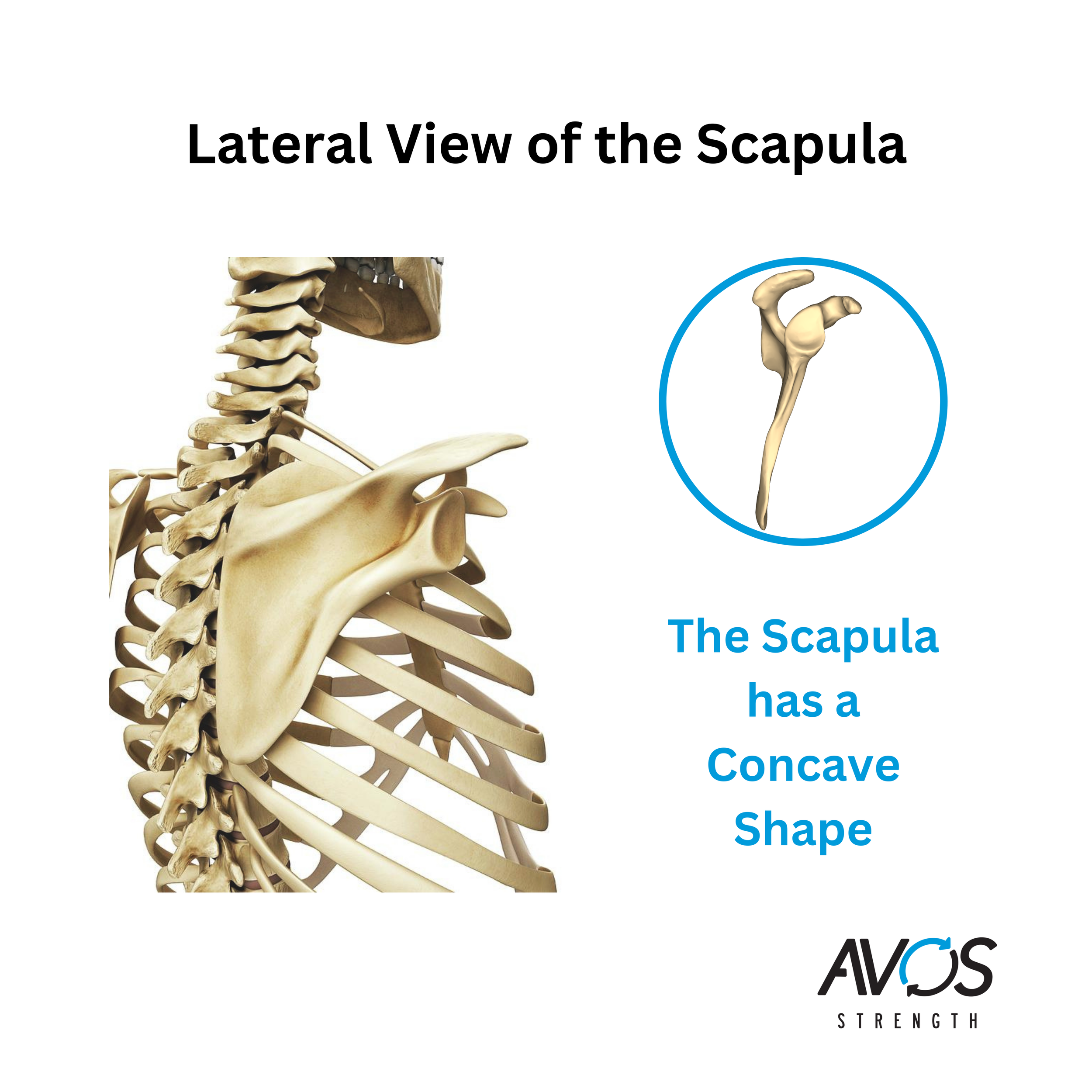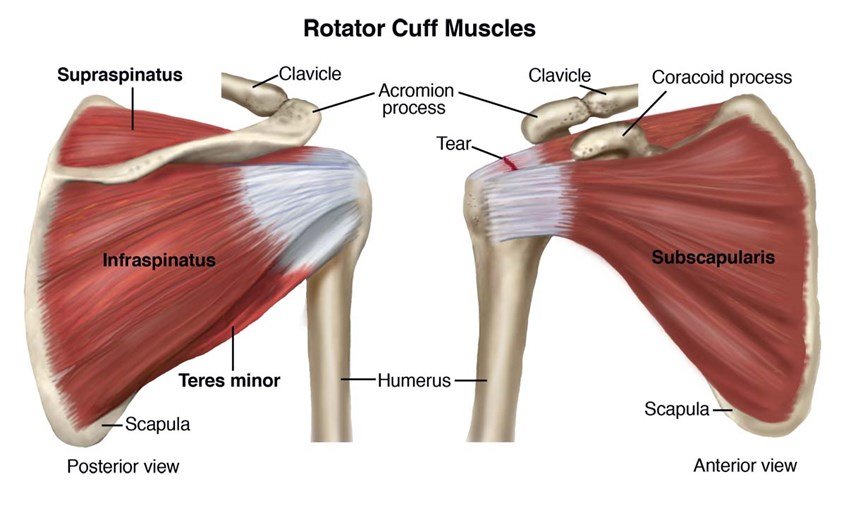Walking in Nature: A Double Benefit
Walking in nature offers an additional layer of benefits. Research shows that being in green spaces can reduce stress, lower blood pressure, and improve mood. The color green has a calming effect on the nervous system, promoting relaxation and reducing anxiety. Walking among trees, plants, and natural landscapes allows you to reset mentally, giving your brain a break from the overstimulation of daily life. So, if possible, try to walk outside in nature to enjoy these mental and emotional benefits.
Walking: Is It Always Cardio?
For someone who is deconditioned (hasn’t exercised regularly), walking can provide a significant cardiovascular benefit. It can elevate their heart rate into a zone where their body adapts, improving their heart and lung capacity over time. This makes walking an accessible entry point into fitness for many.
However, for those who are more conditioned, a leisurely stroll is unlikely to challenge the cardiovascular system. While walking remains beneficial, it may not elevate the heart rate high enough to prompt the adaptations typically associated with cardiovascular exercise. In these cases, faster-paced walks, hills, or other forms of more intense exercise may be needed for those specific cardio benefits.
Walking Isn’t Just About Cardio
Even if walking doesn’t improve your cardiovascular fitness, it’s still important for overall health. Walking is essential for mobility, circulation, and mental clarity. Regular walking helps combat the harmful effects of sitting, which has been linked to various health risks, including heart disease, diabetes, and even premature death.
Walking helps you stay active throughout the day, which is more important than you might think. Modern lifestyles tend to be highly sedentary, with long periods spent sitting at work, in transit, or at home. Even if walking doesn’t challenge your cardiovascular system, it’s an essential habit for staying healthy.
Don’t Forget to Swing Your Arms!
Another often overlooked aspect of walking is the importance of swinging your arms. In our modern world, where many of us hold our phones or keep our hands in our pockets, the natural arm swing can easily be forgotten. However, swinging your arms as you walk is essential for proper body mechanics. It promotes torso rotation, helping your spine move more naturally, and increases hip extension, allowing for a more efficient gait. This arm movement also helps balance and propel your body forward, making your walk more effective and biomechanically sound.
How Many Steps Should You Aim For?
You've likely heard the recommendation to walk 10,000 steps a day. However, this number is somewhat arbitrary. It originated from a Japanese marketing campaign in the 1960s and has since become a widely accepted target. But it’s not a magic number.
The truth is, your step goal depends on where you’re starting from. If you’re currently not walking much at all, aiming for 10,000 steps right away may feel overwhelming. Instead, start with a smaller, more manageable number. For example, 6,000 steps per day could be a great starting point for some people. Over time, gradually increase your step count as your fitness level improves.
Walking in Terms of Minutes
If you prefer tracking time rather than steps, the Canadian Physical Activity Guidelines recommend that adults get at least 150 minutes of moderate-to-vigorous aerobic activity per week, which can include brisk walking. This breaks down to about 30 minutes of walking five days a week. You can split this into shorter bouts throughout the day to make it more manageable.
However, remember that for walking to count as moderate activity, it needs to raise your heart rate. For someone who’s conditioned, a brisk pace or walking uphill may be necessary to achieve this.
What Does the Science Say?
Recent research supports the idea that you don’t need to hit 10,000 steps daily to reap the health benefits. A 2021 study published in the journal JAMA Network Open found that walking 7,000 steps per day was associated with a lower risk of mortality compared to fewer steps. Other studies suggest that even 4,000-5,000 steps per day can improve health outcomes, especially when combined with more vigorous activity.
The key takeaway from recent literature is that every step counts, and the more you walk, the better. However, pushing yourself to an arbitrary goal like 10,000 steps may not be necessary, especially if you’re starting from a lower baseline.
Start Where You Are
If you’re new to walking or have been inactive, don’t be discouraged if you’re not hitting 10,000 steps. Start with what’s achievable for you. If that’s 2,000 steps a day, that’s great! Gradually increase your steps each week as your fitness improves. You’ll still enjoy significant health benefits even at lower step counts, and consistency is more important than perfection.
The Bottom Line
Walking is one of the most accessible forms of movement available to us, but its impact depends on your fitness level and goals. For some, it’s an excellent cardiovascular workout, while for others, it’s a way to stay active, improve mental clarity, and combat the sedentary lifestyle. Instead of focusing on an arbitrary number of steps, find a level that works for you and build from there. Whether it’s in terms of steps or minutes, walking more is always a step in the right direction—just don’t forget to swing your arms and, if possible, get out in nature!






